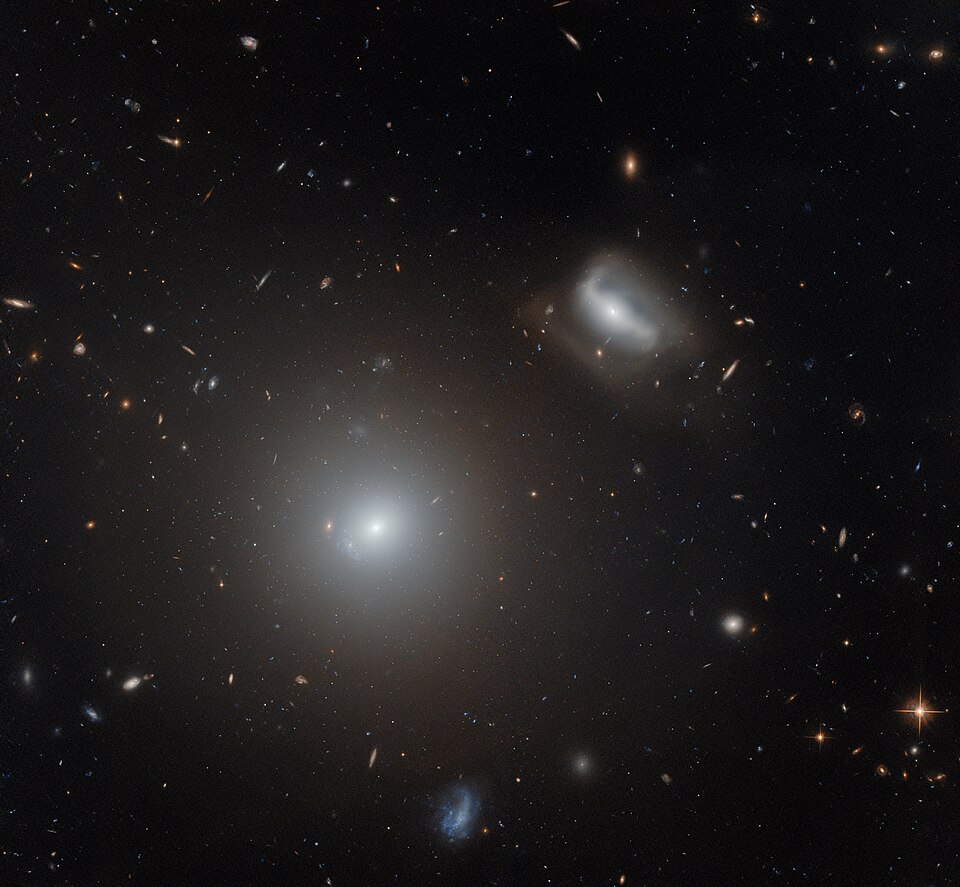Astronomers Discover Unique Mini-Halo in Galaxy Cluster Abell 3558

An international team of astronomers has made a groundbreaking discovery in the galaxy cluster Abell 3558, revealing the presence of a peculiar mini-halo through extensive multi-band radio observations. The findings, detailed in a July 10 paper published on the arXiv preprint server, underscore the cluster's significance as a laboratory for studying galaxy evolution and cosmology.
Abell 3558, located at a redshift of approximately 0.047, is one of the largest gravitationally-bound structures in the universe, comprising thousands of galaxies held together by gravity. The cluster has a dynamical mass estimated at 1.48 quadrillion solar masses and a bolometric X-ray luminosity of 700 tredecillion erg/s. Previous observations had already identified mixed characteristics within its intracluster medium and noted large-scale diffuse radio emissions at its center.
Leading the research effort was Keegan Trehaeven, an astrophysicist at Rhodes University in South Africa. The team employed advanced radio telescopes, including the MeerKAT and the Upgraded Giant Metrewave Radio Telescope (uGMRT), to conduct deep observations at various frequencies—816 MHz, 400 MHz, 1,283 MHz, and 887 MHz—allowing them to disentangle the origins of the observed emissions.
"Here we present a detailed study of the diffuse radio emission at the center of A 3558 using deep observations carried out with MeerKAT and uGMRT, complemented by additional data from various sources," Trehaeven stated in the published paper. The researchers found that the diffuse radio emission possesses a radio power of 68 ZW/Hz at 1.4 GHz and extends over a linear distance of approximately 1.8 million light years, a figure larger than previously estimated.
The integrated spectral index of the emission was calculated to be 1.18, with a spectral index map indicating a region of flatter spectrum just inside the X-ray cold front. This suggests a local turbulent re-acceleration process, while a more pronounced region of steeper spectrum fills an X-ray cavity characterized by higher temperatures and lower pressures. The study concludes that this diffuse emission exhibits a mini-halo structure, likely confined by cold fronts and powered by turbulence from gas sloshing.
Radio mini-halos are typically found in dynamically relaxed systems with cool-cores, where no significant merger events have occurred. Although their origins remain somewhat enigmatic, they are believed to be energized by turbulent re-acceleration mechanisms or feedback processes from active galactic nuclei (AGN).
Dr. Sarah Johnson, an astrophysicist at MIT and author of a 2022 study published in the Astrophysical Journal, commented on the significance of the findings: "The discovery of a mini-halo in Abell 3558 adds another layer to our understanding of how galaxy clusters evolve and interact with their environments. It highlights the importance of ongoing observations in unraveling the complex dynamics at play in these massive structures."
The implications of this research extend beyond Abell 3558, as it provides critical insights into the mechanisms driving the formation and evolution of galaxy clusters across the universe. As astronomers continue to explore these cosmic entities, further studies may reveal additional mini-halos, enhancing our understanding of the universe’s structure and the forces shaping it.
In summary, the observations of galaxy cluster Abell 3558 reveal a unique mini-halo structure characterized by extensive radio emissions, likely driven by turbulence and gas sloshing within the cluster. This discovery not only advances the field of astrophysics but also sheds light on the evolutionary pathways of galaxy clusters, paving the way for future explorations of the universe’s mysteries.
Advertisement
Tags
Advertisement





